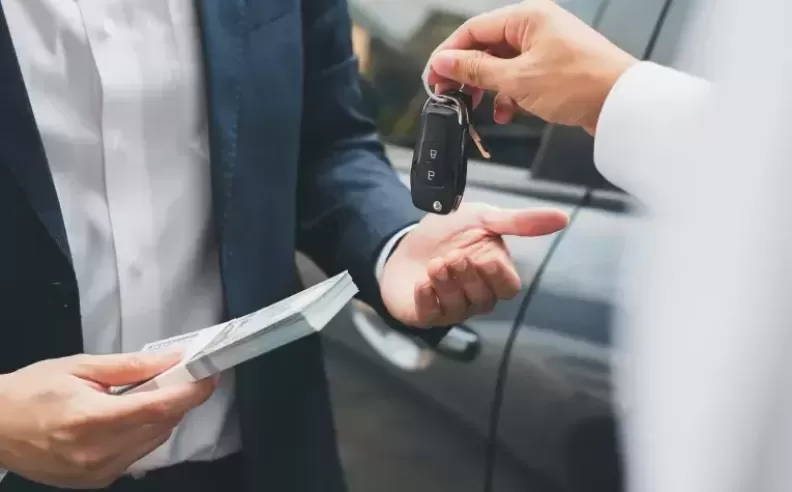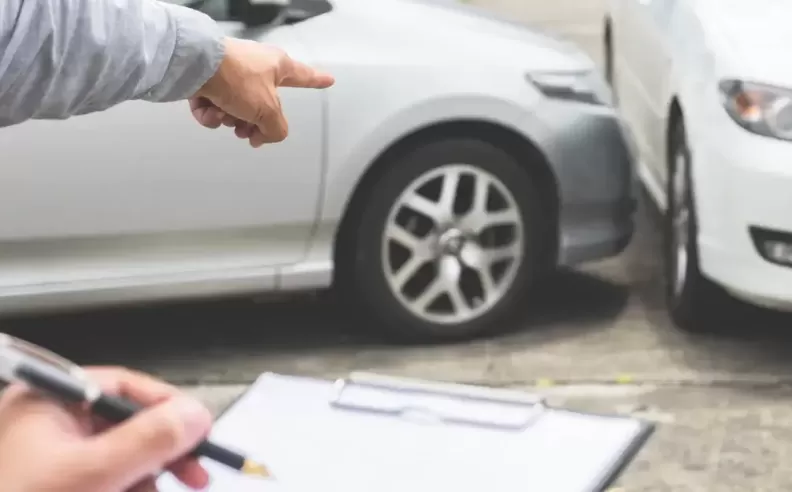
Buying a car is a major decision, whether it’s brand new or pre-owned. And before committing to what might be your second biggest purchase after a home, it’s essential to get behind the wheel and truly understand what you’re signing up for. A test drive isn’t just about seeing if the car looks good in your driveway, it’s your best chance to check if the vehicle suits your lifestyle, driving habits, and expectations. From evaluating how it drives to checking if it fits your cargo or family needs, a well-done test drive helps avoid future regrets and ensures your next car is the right one.

Before starting the engine, you’ll need to understand exactly what car you’re driving, and how it compares to the one you’re planning to buy. Dealerships often use top-spec demonstrators for test drives, but your chosen trim might differ. Ask about engine specs, features, and optional packages, and take note of anything that may not match the actual model you intend to purchase.
It’s also crucial to get comfortable before hitting the road. Adjust the seat and mirrors, pair your phone with the infotainment system if possible, and test the layout of the controls. Bring along large items you regularly use, like golf bags or strollers, to see how they fit. This pre-drive assessment helps reveal whether the car's design and comfort meet your everyday needs, not just how it handles the road.

Once you're on the move, don’t rush. Most test drives last around 15 to 30 minutes, but there’s no harm in asking for more time. Some dealers even offer extended drives for 24 to 48 hours, allowing you to test the car in real-world conditions. During the drive, stay alert to the car’s behavior across different road types and speeds.
Focus on key elements like steering response, brake feel, visibility, road noise, and seat comfort. Try a few parking maneuvers to evaluate how the car handles in tight spaces, and if it’s electric or hybrid, test the regenerative braking settings. Don't let sales staff distract you, if possible, bring someone along who can help you stay focused on your checklist.

Insurance might not be the most exciting part of test driving, but it’s a critical one. Dealerships typically carry insurance that covers test drives, but if you’re buying from a private seller or a smaller garage, it’s your responsibility to ensure you’re covered. Always bring your driving license and confirm that the car is roadworthy.
If your existing policy doesn’t cover driving other vehicles, you can get short-term insurance for a few hours. It’s usually affordable and ensures peace of mind. Never drive a new or used car unless you and the seller are confident about the insurance arrangements. Safety and legality should always come first.

Test driving a new car is mostly about checking if it meets your expectations in terms of comfort, features, and drive quality. With a used car, however, you need to be much more alert to potential mechanical issues. Look for unusual noises, sluggish performance, worn-out interiors, or dashboard warning lights.
Check how the car starts; a pre-warmed engine could be hiding cold-start problems. Ensure all buttons, lights, and features are working properly. Drive at different speeds and on varied road surfaces to spot any suspension, brake, or engine faults. If anything feels off, don’t hesitate to walk away or ask for a mechanic’s inspection.

After the drive, take a moment to reflect. Jot down your impressions right away while everything is still fresh. Compare your notes if you’re testing multiple cars, and don’t rush into a decision, no matter how persuasive the salesperson might be.
A test drive isn’t a commitment to buy, it’s your chance to gather the information you need to make the right call. Taking the time to think things through can save you from buyer’s remorse later. Once you're confident the car meets your needs, only then is it time to move forward.

Started my career in Automotive Journalism in 2015. Even though I'm a pharmacist, hanging around cars all the time has created a passion for the automotive industry since day 1.

